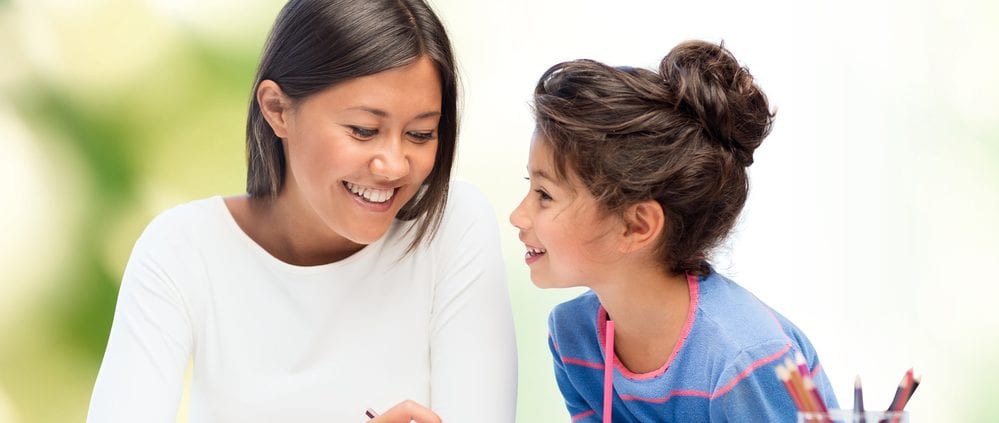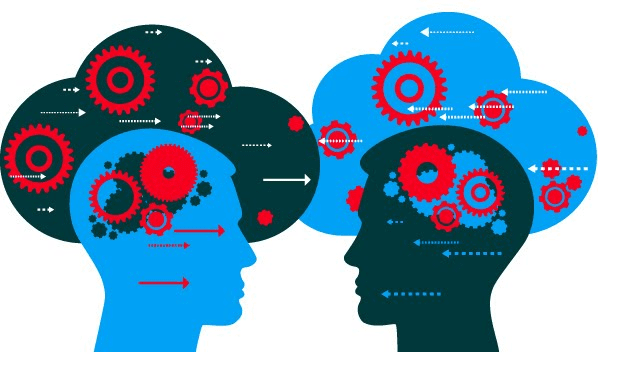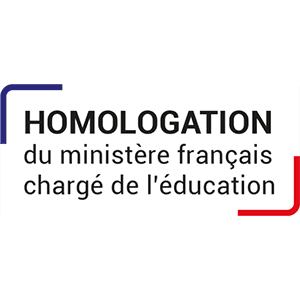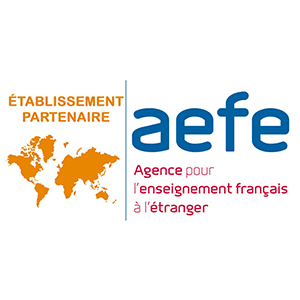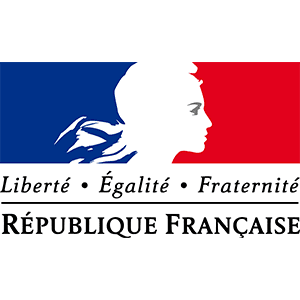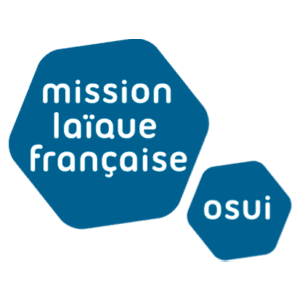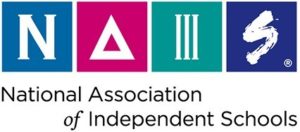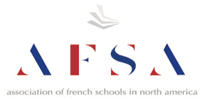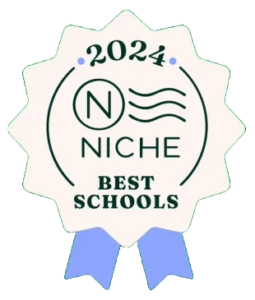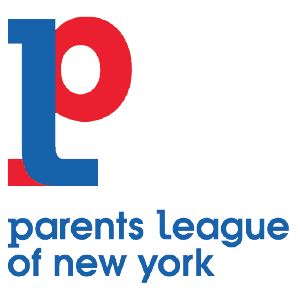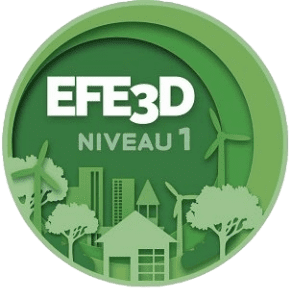How Children Learn Languages Naturally Through Immersion
Immersion language learning may sound like something that can only be done living abroad, but this is absolutely not the case. Even monolingual people have experienced the central premise. If you’ve ever made a new group of friends who use a phrase you’re unfamiliar with, then find yourself using it constantly in a week or two, you’ve already been through a very minor form of language immersion. Parents who want their children to learn a second language during their early linguistically-adaptive years can understand why their preschoolers won’t learn a language by rote memorization of vocabulary sheets and grammar rules, but instead through immersion.
Immersion and Fluency
When babies are learning to talk, we don’t start them off with written flashcards. Instead, they start experimenting with phonemes (the smallest audible parts of a word like “ba” and “ko”) that sound like the sounds the adults around them are making. As they start to speak, they also pay close attention to how others around them speak and the responses they get from their new words. Eventually, they form meaningful sentences to express needs based on their understanding of what the words they are using mean by experience and observation. In other words, all children learn their first language through immersion. Learning their second language is no different.
The Bilingual Household
‘Naturally’ bilingual children are simply applying that adaptive language learning stage to two different language sets. Bilingualism occurs when a child is regularly exposed to communication in both languages. This can occur at home or at school, as long as the exposure is consistent and immersive.
In the Classroom
You don’t have to have a multilingual family or travel with a toddler to give your child the gift of additional languages at a young age. Immersion can easily be created in the classroom simply by changing the linguistic context of the lessons and conducting them in the second language for the majority of the school day. This gives students, not only the opportunity to self-motivate, but also the desire to do better. In an immersive classroom, the children are asked to think, listen, write, and speak primarily in the target language, helping them learn how to interact comfortably with each other and the instructor while learning the language together.
Tessa International Preschool
Tessa International School is an immersive bilingual preschool that emphasizes bilingual language learning We take pride in our successes bringing bilingualism to our students. In our classrooms, the children learn from their native speaking teacher and teaching assistant, and from each other. Parents are consistently surprised by the speed and completeness with which their very young children can learn a new language. Children naturally learn language through immersion, and your toddler can start learning their second, third, or even fourth language right away with us. Whether you’re a classic monolingual English speaking family or your toddler speaks your native language better than the local one, Tessa International School will be proud to teach your child Spanish, French, or Mandarin in an environment that nurtures, challenges and provides educational excellence in a wonderfully rich learning environment. For more information about how children learn language or to schedule an interview with us, please contact us today!


